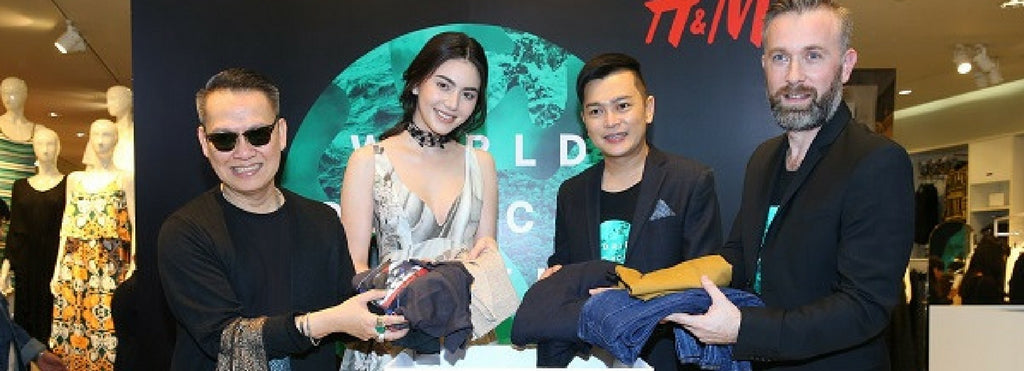H&M accused of burning 60 tonnes of unsold clothes
The fashion world was rocked this morning to find out that Swedish clothing giant H&M has been accused of burning 60 tonnes of unsold clothing since 2013.
Amanda Saxby

According to a report from Retail Gazette and the Danish television programme Operation X, who performed the investigation, H&M have sent “over 1500 kilos of unwanted garments [to] a Danish disposal company called Kara/Noveren to be destroyed.” While it isn’t uncommon practice for luxury retailers (or even high street retailers) to destroy their unwanted merchandise, it is surprising that H&M should also take part.

In 2013, H&M launched their recycling programme, seeking to close the loop so often left open in fast fashion. Patrons are encouraged to drop off any used or unwanted clothing or home textiles to “give them new purpose.” Their website claims that they are “committed to changing the way we make, use and dispose of clothes” and that since 2013, the company has saved “more than 40,000 tonnes of garments [and given] them a new life.”
It was also at this time last year when H&M’s then sustainability manager, Catarina Midby, spoke at London’s Textiles Recycling Conference about the company’s commitment to being 100% circular in their clothing production. She claimed that H&M “works across the entire chain from design to how raw materials are sourced and grown, all the way through to the product reaching the customer.” Their recycling programme was the final piece of the puzzle to close that loop.
Today, H&M denied the allegations laid forth by Operation X, suggesting that unless garments don’t fulfil their safety regulations, there’s no reason for them to destroy the clothing. The spokesperson also commented that H&M has one of the strictest chemical restrictions in the industry and that garments that cannot be sold due to reasons other than health and safety are donated to charity or reused through recycling programmes.
For a company that prides itself on its sustainability practices and green ethos over its high street competitors, this morning’s revelation is shocking. Or is this simply the latest development of hypocrisy among fast fashion retailers?

Earlier this year we wrote an article in support of Fashion Revolution Week and asked all of you to challenge the brands you wear about who made your clothes. Knowing where your clothes come from is important, but it is equally important to know where they go at the end of their life and what companies are doing to become more circular. It’s integral that not only fashion brands, but also electronics, furniture and beauty brands are held accountable for what they produce, how they produce it and how they dispose of it.
Many of the brands BuyMeOnce supports are companies who have acknowledged this aspect of manufacturing and operate in a circular manner. Eileen Fisher, a newly launched BuyMeOnce brand, offer Renew – a program that encourages customers to bring in their unwanted clothing which they then re-purpose. The brand also gifts the customer with a discount on their next purchase as a thank you.
We would like to encourage you to stand up and campaign with us for a circular economy. Use social media for good: go online and ask your favourite brands what they’re doing to close the loop and avoid landfill waste. Use the hashtag #closetheloop and share your findings with us @buymeonce. We need to demand more from our suppliers and more for our planet.

Amanda Saxby hails from the frozen tundra of British Columbia, Canada, and now works as Digital Marketing Manager for BuyMeOnce in London. When she’s not analysing the latest Twitter trends or decoding the optimal time to post an Instagram, she can be found with a whisk in her hand baking up some tasty natural treats for her colleagues. So far, no complaints.




